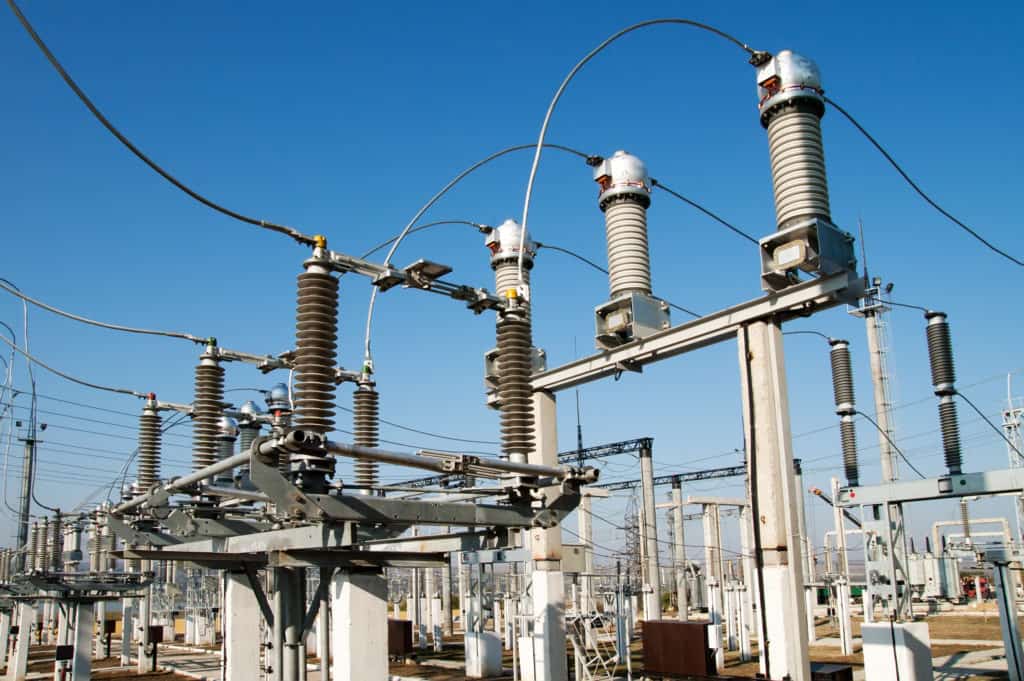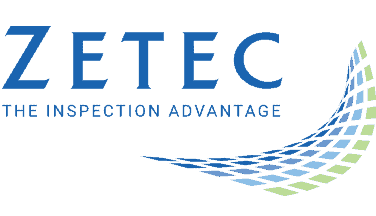Meeting 10 CFR Part 21 Standards with Eddy Current Equipment

When adhering to nuclear safety guidelines, utilities need specialized testing products, services and solutions outlined by reputable and experienced nondestructive testing (NDT) companies. These companies typically specialize in 10 CFR Part 21 standards and will tailor a plan for the federal guidelines regarding any plant or facility that relies on eddy current testing (ECT) methods. A customized plan will ensure that equipment and operations run smoothly, with each facility requiring unique procedures that accommodate the needs of field workers and managers. A plan with rigorous standards not only spots common flaws, but also highlights uncommon indications that could slip under the radar.
Operators must look for reputable NDT companies that specialize in eddy current testing, with extensive experience in corrosion, wall thinness, or cracks. 10 CFR part 21 standards might seem unyielding, but experienced NDT companies can forge a creative package with advanced ECT instrumentation. Nuclear plants will benefit from impeccable safety standards and will have a successful blueprint that maintains operations in a seamless manner. Additionally, utilities can get custom plans while controlling expenditures on maintenance. The right NDT companies can successfully combine ECT and 10 CFR part 21 standards to foster workplace safety and streamline maintenance budgets.
Safer Work Environments
10 CFR part 21 protects staff members as they work around nuclear equipment that can pose health hazards when defective. Under federal guidelines, an asset that exhibits a slight deviation from its routine function should trigger an evaluation that assesses the magnitude of the issue. Noncompliance could result in breaches that jeopardize workforce safety and damage the environment. Failure to comply could also result in heavy fines and greater scrutiny from federal authorities.
A reputable third-party NDT company can calibrate ECT equipment and testing regimens according to 10 CFR part 21 standards to any workplace environment, no matter how big or small. That same company can also provide a solid inspection framework for the facility before federal regulators arrive onsite for official inspections.
Tailor-made parameters also safeguard assets while allowing analysts to detect isolated or trending deviations.
Example: A steam generator displayed an irregularity in the system. This problem never occurred before, so it seems like a slight fluke. According to 10 CFR 21 standards, analysts must assess the aberration, no matter how minute it might seem. A maintenance staff member commences an ECT inspection using a multiplexed box and nuclear array probes, as prescribed by an NDT agency that provided the testing groundwork and instruments. The NDT inspector traced the deviation to corroded tubes that could have caused the unit to malfunction.
The goal of 10 CFR is to address all flaws or defects before they become unwieldy. Merging these standards with workplace safety guidelines prevents workplace catastrophes that could damage a company’s reputation or cause serious accidents.
Outsourcing CFR standards to a reputable third-party agency can save utilities the trouble of implementing the necessary regulations without proper guidance. Nuclear plants can get special packaging that outlines workplace safety procedures, preserving workplace integrity in the process. NDT agencies can also enhance record-keeping skills, especially ECT data.
Since nuclear facilities must report deviations or flaws to nuclear authorities, inspectors must record detailed information in the notification reports. Therefore, companies should use the most effective ECT solutions that provide a complete picture of asset viability.
Advanced Testing Methods
Third party inspection companies that combine ECT instrumentation and probes with advanced automated software, can implement comprehensive testing that processes data faster and more accurately. During the ECT test phase, the automated software collects the appropriate data on a tested item, so the inspector can focus on probing more of the object.
But excellent data only goes so far as instrumentation and probe capabilities, which is why companies should invest in advanced, proven ECT solutions.
Example: An NDT level 3 inspector analyzes steam generator tubes using array nuclear probes. The inspector gets the results with a single pass of the probe. After pinpointing corroded sections, the analyst must prepare a special report for federal authorities. A customized CFR plan can ensure that the inspector includes all the necessary details of the flaw in question. Moreover, the software assisted the analyst in procuring the appropriate data.
The right combination of instrumentation, probes, and software provides a full scan that pinpoints issues, allowing maintenance teams to address flaws in the facility without fail. Doing so will prevent any surprises that inspectors might find on the premises.
Example: An NDT analyst must inspect steam generator tubing. The inspector can use an X-probe to collect inspection records and detect strange occurrences within the asset. Moreover, the use of automated software eliminates errors and organizes data for nuclear regulators more efficiently.
Certain probes can produce a 30 percent increase in data quality, and they retain an increased lifespan compared to standard probes. With that, users can get the best info through quality probes and sophisticated software that assists ECT inspectors during the testing stage. Further, advanced software that supports ECT instrumentation can gather and interpret data according to regulatory frameworks.
10 CFR Part 21 Results
Managers can improve inspection strategies based on a customized package that’s fit for specific nuclear facilities. NDT agencies can provide drawings, recommended procedures, and evaluation strategies that comply with federal protocols.
Inspection plans that include advanced automated software and ECT instruments will foster quality data that managers will have ready for federal officials. NDT companies that are at the forefront of testing methods can tailor plans to meet 10 CFR part 21 codes for nuclear sites. This will help create a safer work environment while improving nuclear facility maintenance processes.
Zetec is dedicated to helping companies all over the world ensure the safety and efficiency of their products and facilities by offering quality NDT equipment and services. To learn more about how Zetec can help nuclear facilities adhere to 10 CFR part 21 standards, contact us today!
